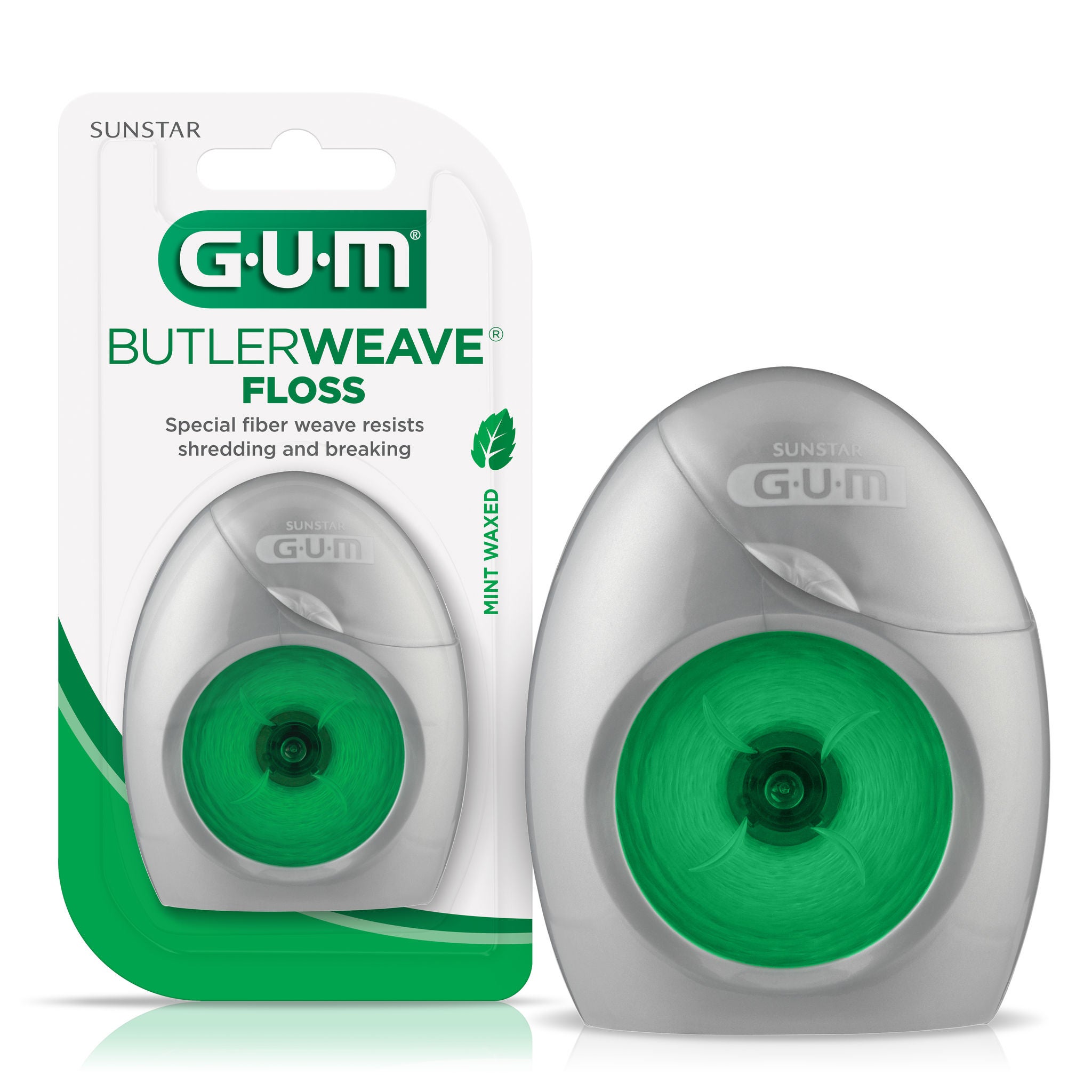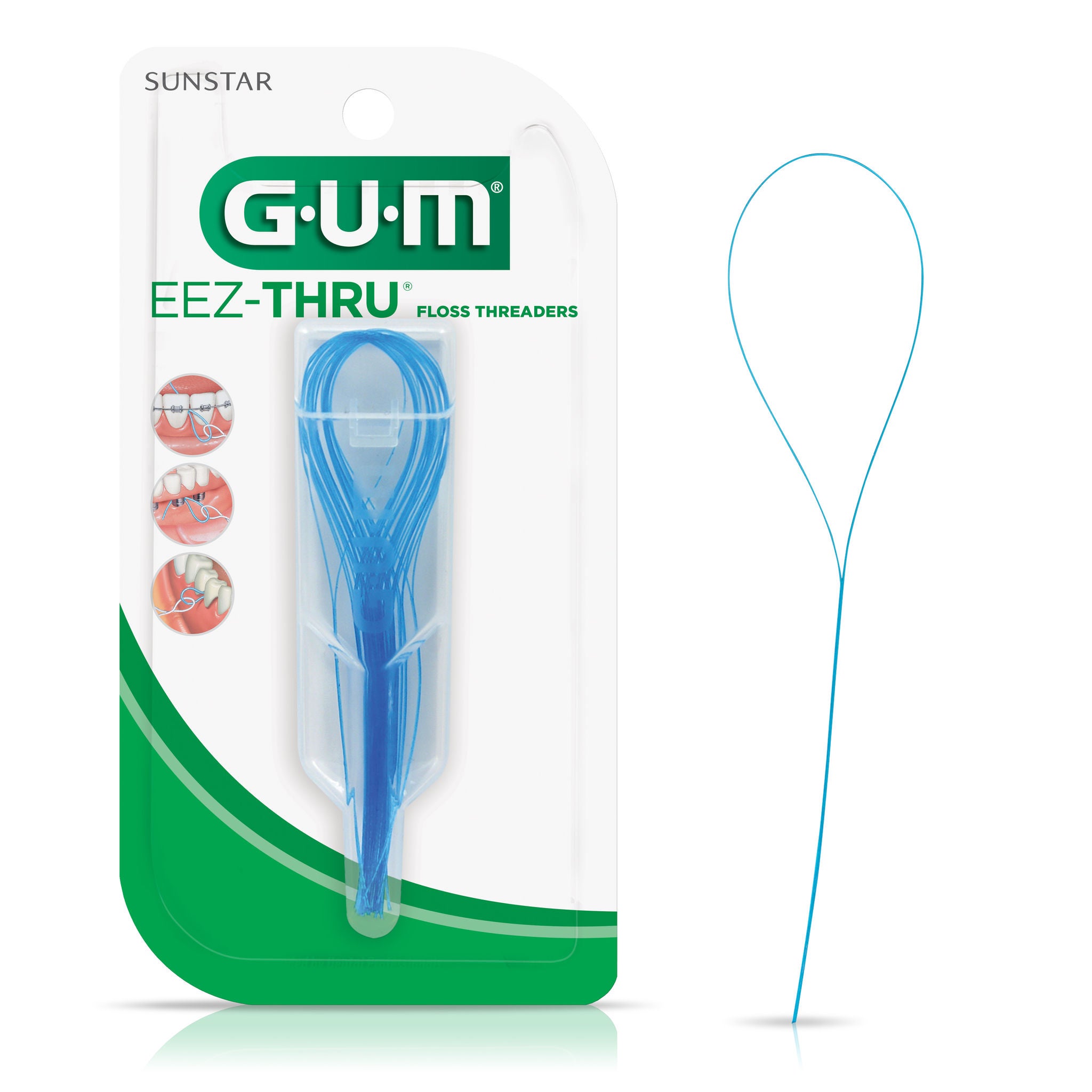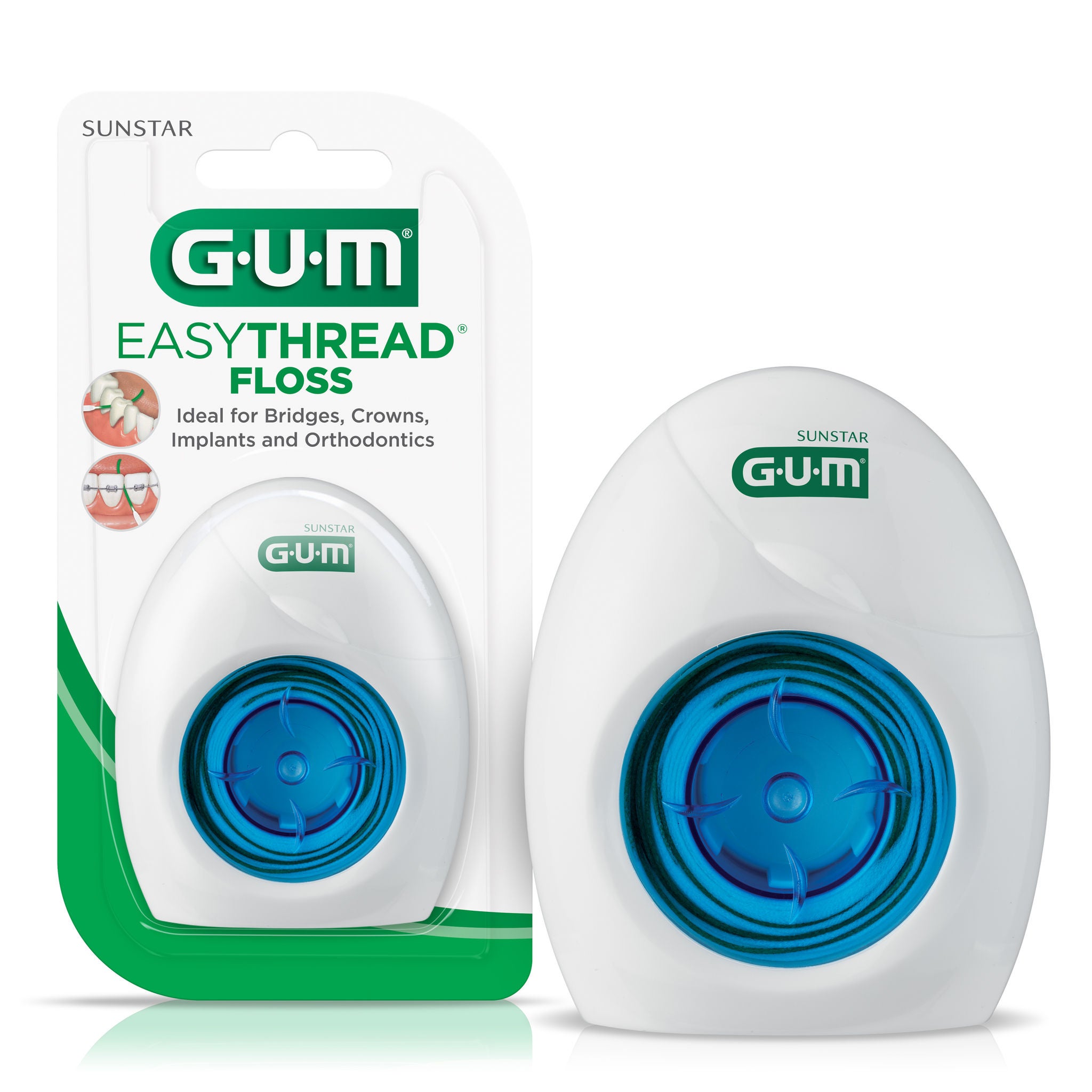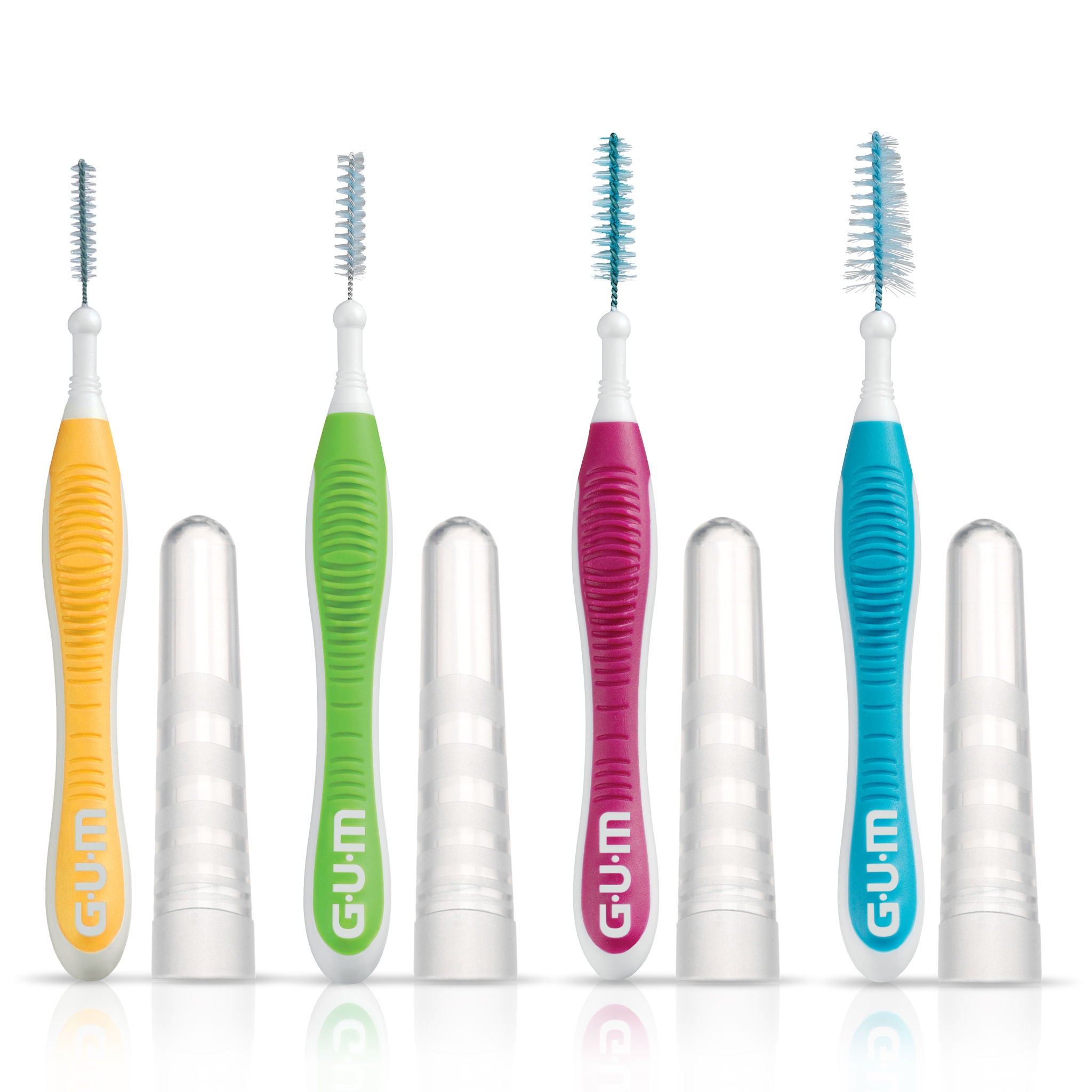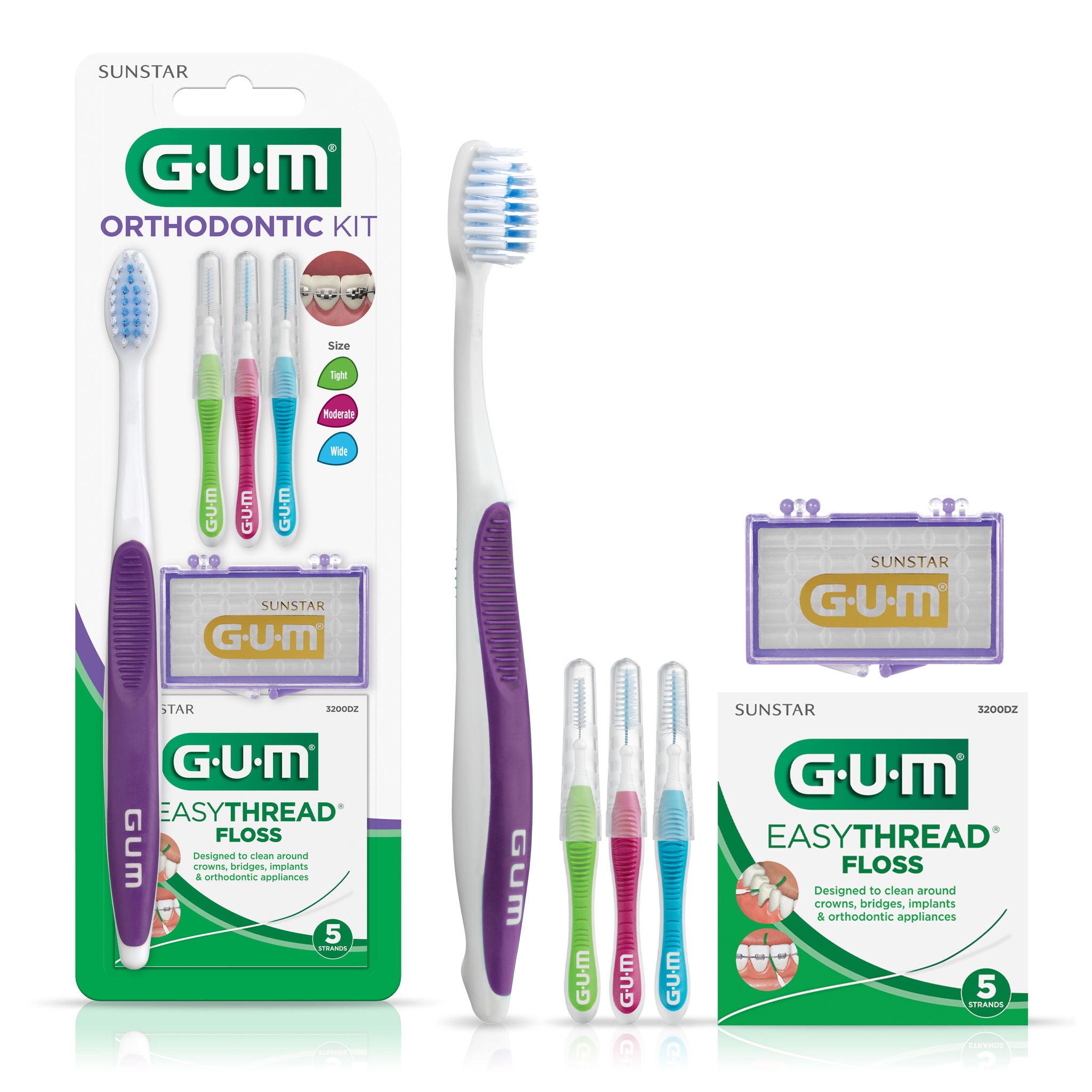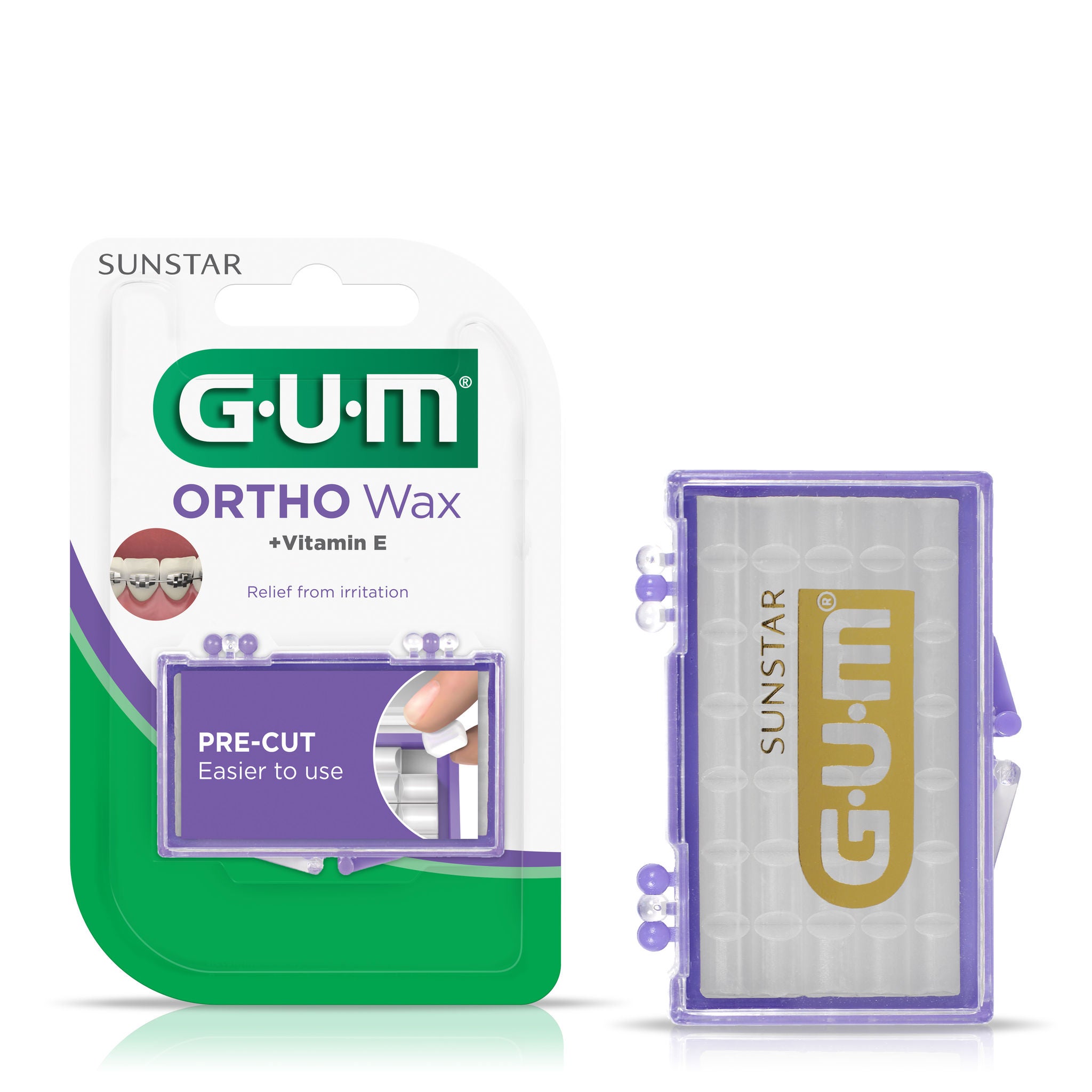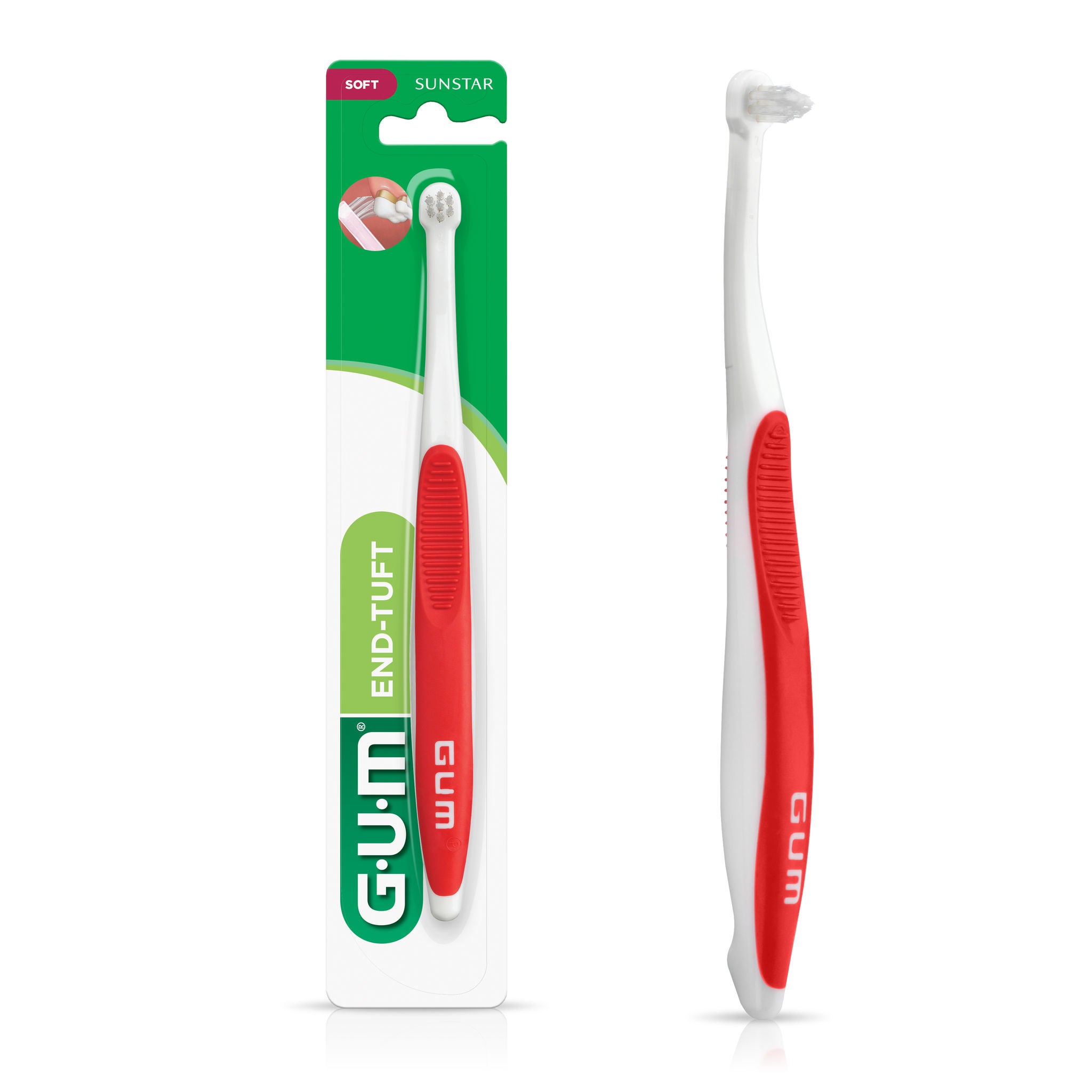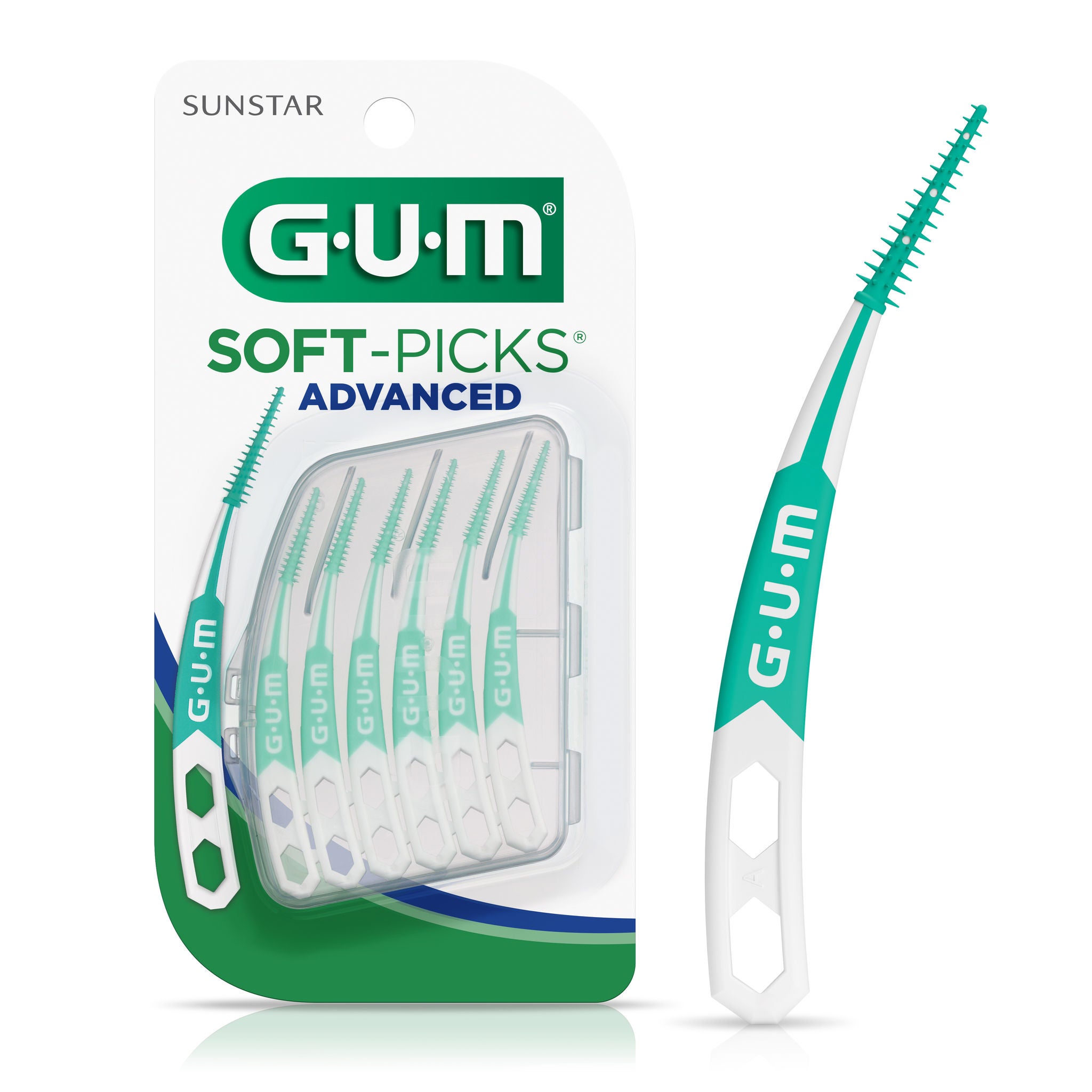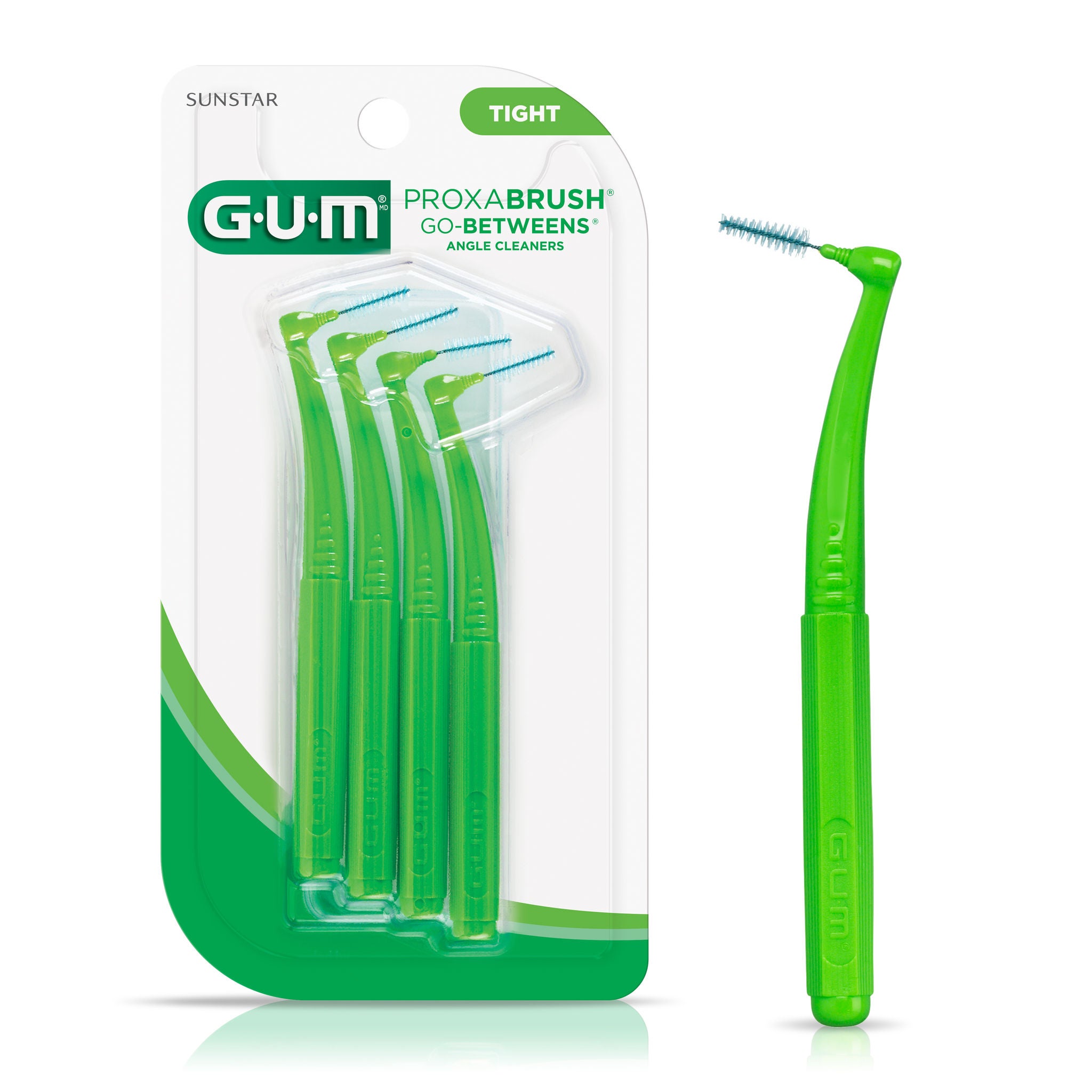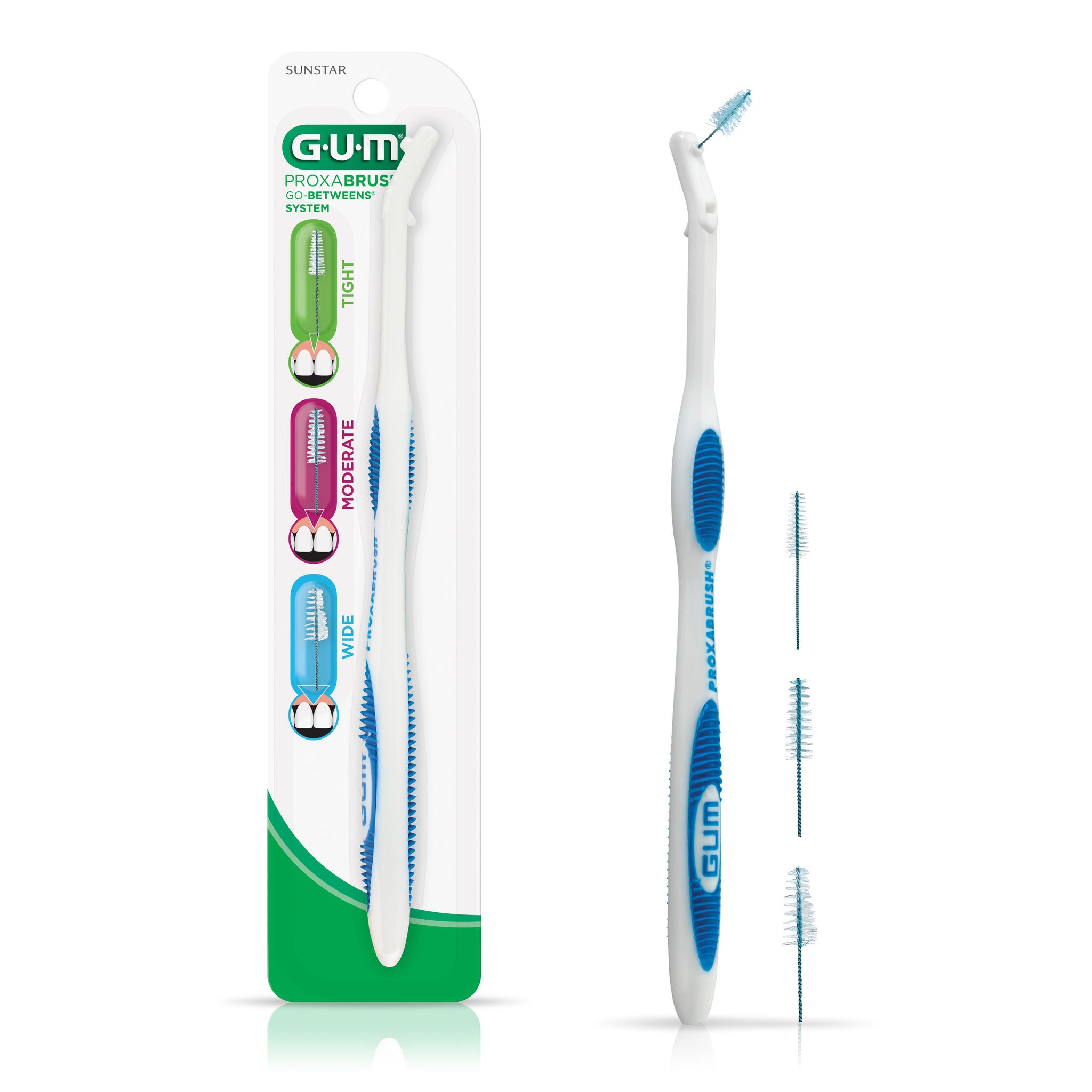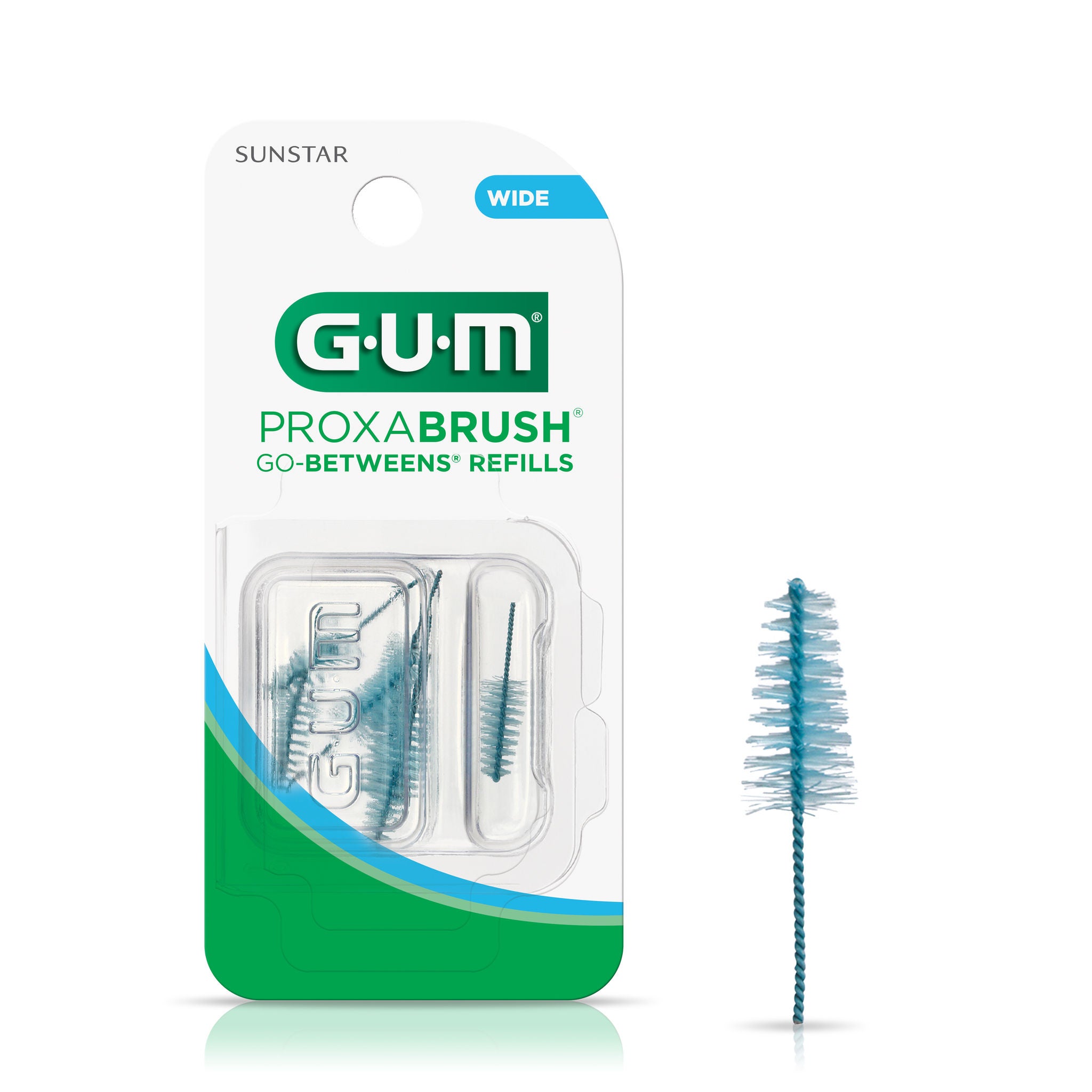How to Floss with Braces: Top Tips for Healthy Teeth and Gums
The need to clean between your teeth doesn’t go away when you’re wearing braces. In fact, interdental cleaning helps your mouth stay clean and healthy while undergoing orthodontic treatment, ensuring better overall oral health once your orthodontic journey is complete.

Interdental cleaning is one of the most important ways to prevent plaque build-up between your teeth and along the gumline. When left alone, plaque will harden into tartar, causing irritation and inflammation that can eventually develop into gum disease. Not only is gum disease a serious health risk, but it can also result in loose teeth, potentially negating the efficacy of your orthodontia.
There are plenty of interdental cleaning methods and tools available that can make cleaning between your teeth easy, even when you’re wearing braces. These are the most common ways people with braces continue to practice interdental cleaning, and how you can use each effectively.
Traditional dental floss
The most familiar flossing tool is traditional dental floss. Using floss with your braces requires carefully flossing one end behind the wire before proceeding with flossing like normal. A waxed floss may help the gliding while limiting the fraying against the braces.
Pros:
- Familiarity with the tool
- Good at removing plaque
- Easy to find and affordable
Cons:
- Single-use item
- It can be difficult to thread floss behind the wire on back teeth
How to use traditional floss with braces
Wrap the ends of a small length of floss around your index fingers. Gently pull this length from either end until you have a taut length of floss around an inch long. Maneuver this section of floss between each of the spaces where you want to floss, using your index finger to slide the floss into the spaces between your teeth. Angle the floss so that it is above the brace when flossing your lower teeth and below it when flossing your upper teeth.
Next, gently push the floss deeper into the gap and use your fingers to slide it back and forth. This should feel snug, but should not be painful. At the same time, pull on the floss gently to make sure it rubs between the teeth on either side of the gap in a gentle zigzag motion. Repeat this process for both your upper and lower teeth.
Note: be careful not to get your floss stuck in your braces. Try to use thin, waxed-coated floss, and don’t pull too hard against your brace when locating gaps or cleaning.
Floss threader
Floss threaders are aids for threading traditional dental floss behind wires in braces and other dental appliances. The threader itself consists of a small loop of plastic that meets to form a thin, elongated point. Floss is threaded through the loop, then the pointed end of the threader is inserted behind the wire and pulled through until the floss is in place for regular flossing.
Pros:
- Easier to thread floss behind wires
- Excellent aid for individuals with reduced dexterity
Cons:
- Creates an additional step for cleaning between each tooth
How to use a floss threader with braces
First, use about 18 inches of floss. Thread about five inches of this floss through the loop of the threader. Next, guide the threader under the main brace of your braces and out, leaving behind around four inches of floss around the gap between your teeth. Position this length of floss between your teeth and use it to clean the gap. Slide the floss up and down in a zigzag motion. Repeat this process for each gap.
Orthodontic floss
GUM® EasyThread® Floss is a special, plush floss that is tipped with a built-in threader at one end.
Pros:
- Floss expands to adapt to work in a variety of spaces
- Built-in threader reduces the step of using a separate floss threader
- Works like traditional dental floss
Cons:
- It may not be widely available
How to use GUM® EasyThread® Floss with braces
GUM® EasyThread® Floss was specially designed for use with braces. It features a thin, rigid end meant to be inserted under wires easily. Insert this end through your braces wire and pull it until the main length of floss can be positioned between the gaps in your teeth, then floss normally.
Interdental brush
This isn’t exactly the same as flossing, but rather an alternative for interdental cleaning that many find preferable (especially those with braces).
Interdental brushes consist of a thin wire shaft covered in plastic bristles sized to fit between most teeth. This brush head is affixed to handles that vary in size from small enough for finger-tip gripping to a standard toothbrush handle.
Pros:
- Simple and enjoyable to use
- Can be easier to guide and maneuver around orthodontics
- May be used several times before needing to be replaced
Cons:
- Modest learning curve for those who are unfamiliar
- Won’t always fit into extremely tight spaces
How to use an interdental brush with braces
Use the interdental brush the way you would normally, gently inserting the brush into the spaces between your teeth and in a back and forth motion to dislodge plaque. At times, you may have to find a different angle or bend the brush to reach your back teeth properly. Never force the brush into tight spaces. Consult your dental professional for the best interdental brush size for you to use.
Water flosser or oral irrigator
Water flossers (known in the dental profession as oral irrigators) use a stream of pulsating, pressurized water to remove food particles, plaque, and bacteria from between the teeth and around the gumline.
Pros:
- Easier to use than traditional floss
- Gentler on sensitive gums
- Effective at removing food debris between teeth and from around the gumline
Cons:
- Higher up-front cost
- The device takes up counter space and requires upkeep
- Debate on how effective it is at completely removing plaque when compared to traditional flossing
How to use a water flosser with braces
It is recommended to use a water flosser while leaning over your sink. This lets the water flow out of your mouth and down the drain without creating a mess. Adjust the water pressure to avoid over-spraying while cleaning. Start with the back teeth, and aim the tip of the flosser beneath the lower brace at the gumline. Shoot the water into the area of the gumline between each tooth, moving the spray up and down until you hit the underside of the brace. You can also use the water to clean beneath the brace itself. Repeat these steps for the upper teeth.
Cleaning interdentally with braces is easy!
Regular flossing is an important part of dental hygiene, with or without braces. While the addition of wires and dental appliances changes the landscape of your teeth, there are tools and aids available to make it easy to keep up with your flossing.
Learn more about how to take care of your braces and orthodontics as part of a great oral care routine.
